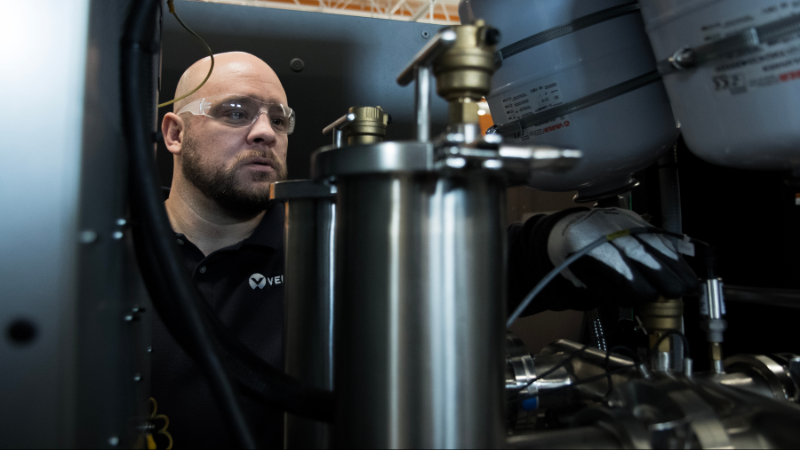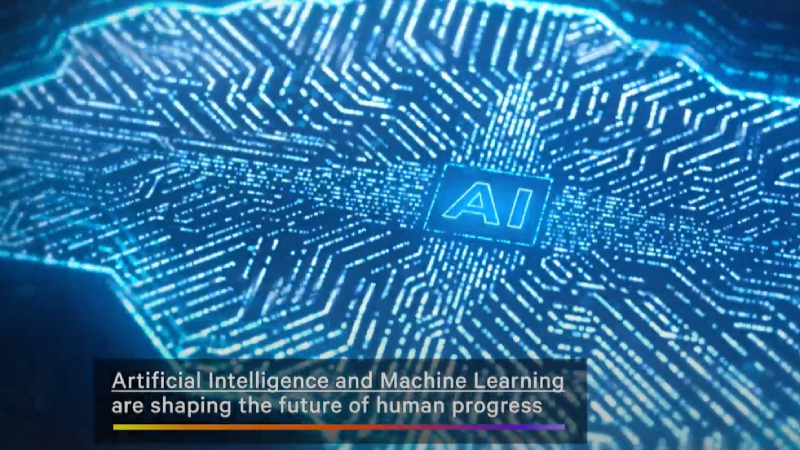Since early 2024 and the introduction of a powerful new generation of processor chips, the world has been looking for ways to increase productivity with accelerated computing, including artificial intelligence (AI), genAI, high-performance computing (HPC), machine learning (ML), and deep learning. The graphics processing units (GPUs) that make these advances possible require a significant amount of power to operate, leading to increased power density and heat generation. The densification of the AI rack and the rise of these high-density applications require higher capacity cooling and high energy efficiency to allow the applications to be profitable.
The high cost of electricity in Latin America has prompted the use of technological alternatives to optimize and reduce energy consumption in the data center. With the cooling system ranking as the second highest energy consumer in a data center, accounting for approximately 40% of total power consumption, cooling technology is a focus target for energy efficiency innovation.
Liquid cooling is an optimal solution for removing the heat generated by high density applications. This technology improves heat dissipation when compared to traditional air-cooled systems, resulting in reduced energy costs, freed up power capacity, and less strain on the electrical grid.
Ingenium, a company with over 15 years of experience in designing, building, and operating data centers, asserts that liquid cooling offers a competitive advantage in an increasingly environmentally conscious market. According to Juan Carlos Londoño, presales director at Ingenium, "This increased efficiency is useful in high-density environments because the liquid chillers are able to operate at higher temperatures, which helps data center operators and owners to lower operating costs and assist in their efforts to meet their responsible business environmental and efficiency data reporting goals”.
Implementing liquid cooling
According to Dell’Oro, the forecast for the data center liquid cooling revenue is more than 4.8 billion (period 2024 to 2028). Selecting the right liquid cooling method for your data center will depend on the specific application requirements. Below are the three primary liquid cooling options and how each can be beneficial based on specific needs and circumstances of a data center.
Direct-to-chip liquid cooling: A higher power efficiency and a future-scalable option, this cooling solution targets the heat-generating components of servers, such as CPUs and GPUs, to dissipate heat more efficiently than traditional air-cooled solutions., This results in better heat transfer and lower power consumption in data centers, and is an ideal solution for heavy workloads typical of high-density applications that require advanced processing and cooling capabilities.
Fabio Olivetti, chilled water and high-density offering manager for Vertiv LATAM, explained that the application of this system allows mission-critical liquid chillers to operate primarily in free cooling mode, significantly reducing electricity consumption. This is achieved by operating the chillers at higher water supply temperatures, which also results in cost savings.
Liquid immersion cooling: An efficient, space-saving solution for small, high-density data centers, especially in non-traditional or space-constrained environments. In this approach, servers are submerged in a tank filled with a thermally conductive liquid, allowing for effective heat dissipation.
Rear door heat exchangers: Often recommended for data centers with an existing chilled water infrastructure, especially when you need a quick and easy-to-install cooling solution for mixed density environments. This method replaces the traditional rear door of the server rack with a heat exchanger that transfers heat to the water. Some rear-door heat exchangers can also use the existing chilled water setup, which is cost-effective.
In certain weather conditions, data centers can take advantage of lower external temperatures to save energy. Depending on the location, this allows them to operate in "Free Cooling" mode for about 75% of the year. According to Fabio Olivetti, “since approximately 80% of the cooling is handled by liquid, some components can work with lower airflow and at a slightly higher temperature than the rest of the equipment. This is because not all components need to be cooled as precisely as the servers do."
Creating a cooling strategy and deploying liquid cooling solutions in greenfield data centers provides more alternatives and allows for more scalability than retrofitting an existing data center. With either greenfield or brownfield deployments, it is essential to engage with market consultants such as Ingenium and leading manufacturers such as Vertiv to identify the best solution for business goals.
Ingenium, a top-tier firm offering consulting, engineering, construction, and data center operation services, has more than 15 years of experience as a partner on the path to decarbonization through the adoption of high-impact environmental practices and can guide companies in navigating the complexities of obtaining certifications such as CEEDA, LEED and EDGE, among others. Ingenium has a long history of leveraging Vertiv’s broad portfolio of cooling and power solutions to help customers solve their data center critical digital infrastructure challenges.
This article was developed in collaboration with Ingenium, with the aim of providing guidance to operators to achieve business objectives while optimizing their company's resources, hand in hand with sustainability.
Want to know how to implement liquid cooling in existing data centers, here is a guide to high-density cooling.







